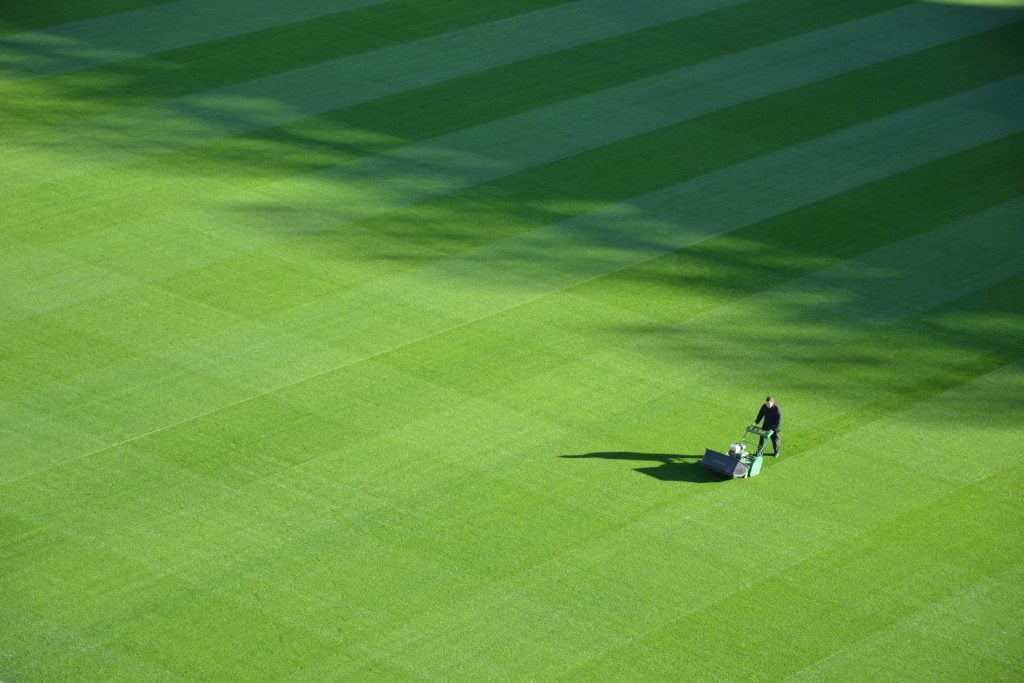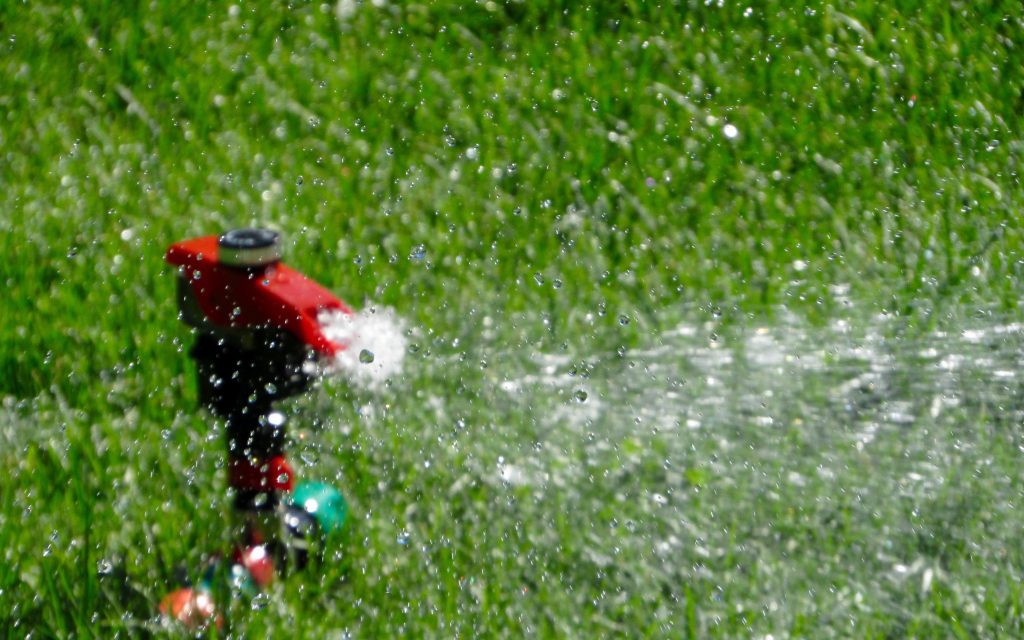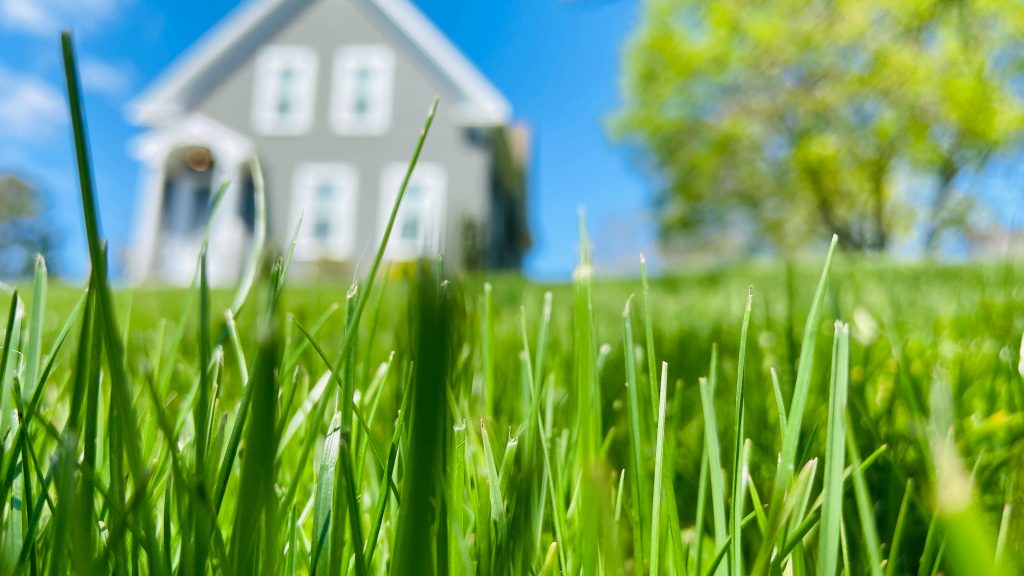Getting the perfect lawn may seem like a pipe dream but it is well within your reach. With this quick and simple guide, find out how to get those sought-after stripes, get rid of yellow grass and more.

Mowing Stripes
Many professional lawns have beautiful straight stripes, stretching across them. However, this is easy to achieve, even without specific gear. All you need is a mower with a roller attached, which will press down the grass in the wake of the mower. This gives the impression that the grass mown in one direction is darker than that in the other.
To get the best result, it may be best to mow around the perimeter of the lawn first for an even overall cut. Then, to get the lines straight and parallel, use an object, such as a fence, as a rough guide. It is also advisable to overlap each line very slightly, to make sure you do not miss any patches of grass.
All flail mowers available from Farm Tech Supplies have a roller as standard, so these are a fantastic option for creating a striped lawn. If you require a closer cut, then the Winton Finishing Mower is an alternative, although the roller comes as a separate upgrade.

Keep Hydrated
The lusciousness of your lawn depends on keeping the correct level of moisture in the soil. You can test this using a screwdriver and pushing it into the soil, which should show moisture down to about 2 inches below the surfaces. Different areas of your lawn (i.e. shaded, in a dip, etc.) will lose moisture at different speeds so it is important to test the ground in multiple areas and adjust your watering accordingly.
The best time to water is first thing in the morning. This gives the water time to seep into the soil before all the water evaporates in the middle of the day, without causing mildew and fungus, which can happen when watering at night. Once a week should be enough, but this may increase in the summer.
Water may run off straightaway if the ground is too compacted or dry. There are a couple of ways to fix this. First and simplest, water more frequently with a smaller amount of water. Leaving the mulched grass clippings evenly spread after mowing will also return moisture and nutrients to the soil to nourish the remaining grass. This can be easily achieved with a flail mower. Finally, an aerator, the Fleming for example, allows water to penetrate the soil more deeply and oxygen to reach the roots, improving the health of the grass.

Go for Green
If the tips of your grass are turning yellow, chances are that your mower’s blades are too dull, and are ripping the grass rather than cutting it. To remedy this, we have blades for all the machines in stock from Farm Tech Supplies.
When the whole grass blade is yellow, it could be caused by a couple of things. Your lawn could be lacking nutrients, iron or nitrogen. This can be fixed by applying fertiliser rich in these elements in the right amounts, though too much can also cause yellowing. Chemical spillage can turn grass yellow, so in these cases dilute the chemicals with water at the time of the spill. Prolonged heat is a common problem, and for the most part is solved by more water. However, if the grass yellows very quickly, the roots may be too shallow. In this case, water more thoroughly but less often to encourage the roots to search further down for soil.
Well-kept and manicured grass is the holy grail for professional gardens. But with these simple tips, it’s easy to achieve the perfect lawn, with relatively little effort.








